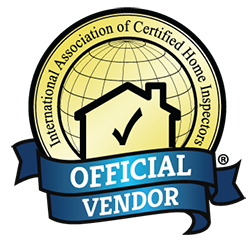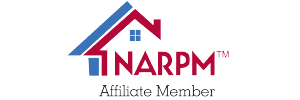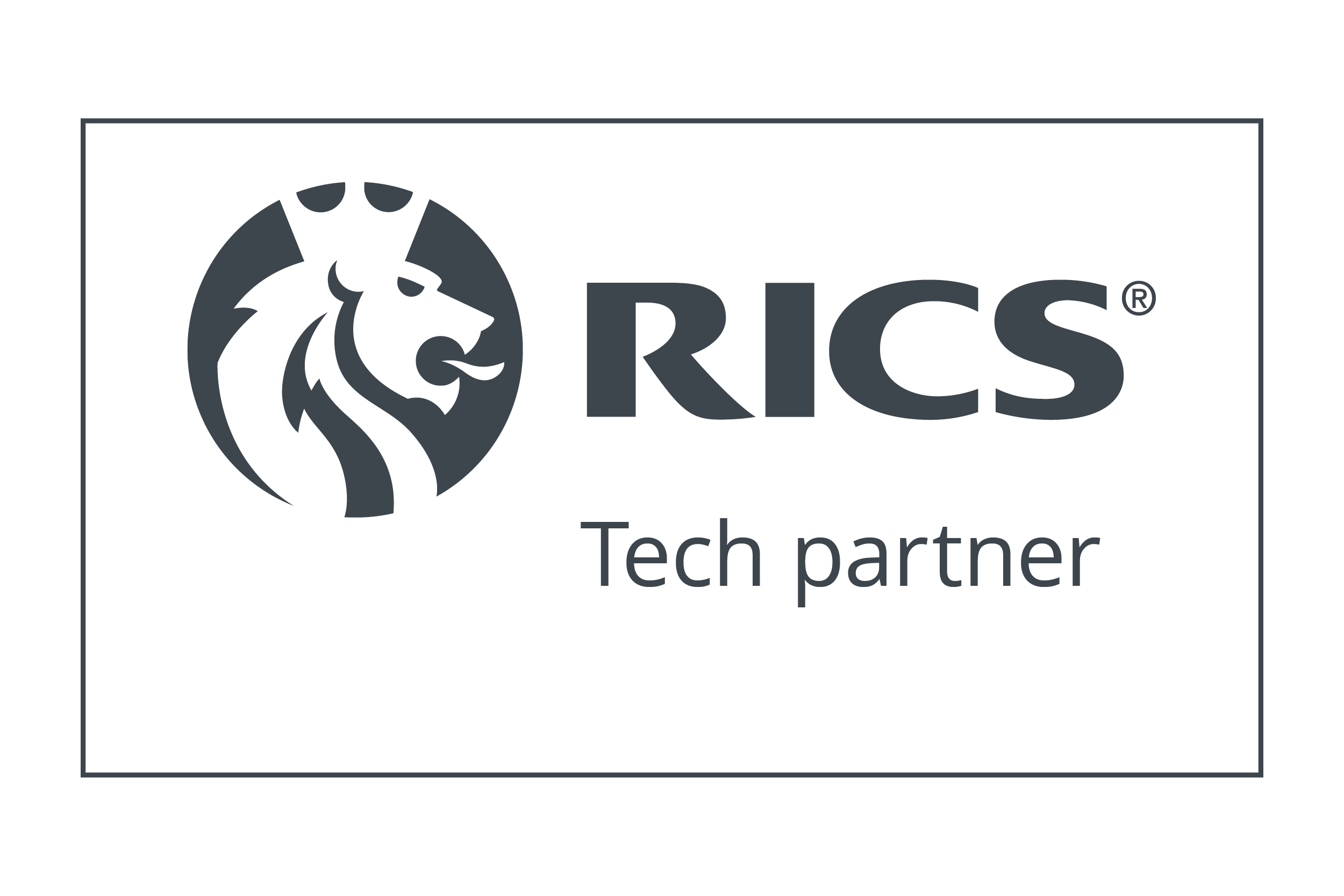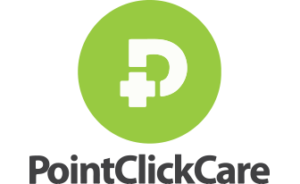Experts estimate that by 2050, over 20% of the population of the United States will be aged 65 or older, compared to 15.6% now. Because of this rapidly ageing demographic, it has become more crucial in recent years to plan ahead for how to accommodate and care for seniors in the future.
Providing personal assistance for seniors is another pressing issue, as almost 7% of older adults in the United States require help with tasks like meal preparation, transportation, and personal grooming.
However, the senior housing sector was severely impacted by the pandemic in 2020, which led to increased costs for operators to contain the coronavirus. As a result, there were higher vacancy rates due to widespread health issues. Because of this, regular inspections slowed down and standards evidently slipped in the sector.
Recently, to start rebuilding after a few years of turmoil in the sector, the US Department of Housing and Urban Development (HUD) announced that it will resume physical inspections of properties participating in HUD’s multifamily and healthcare programs, including senior housing.
Again, due to the pandemic, HUD temporarily suspended physical inspections in March 2020. The resumption of physical inspections seeks to make sure that properties are safe and well-maintained, giving senior housing providers the opportunity to identify and address any issues before they become serious problems.
The trends shaping senior housing in the United States
In order to better understand senior housing in the US, it’s worth looking at market trends shaping the sector in 2023. Senior housing is a rapidly growing market and the provision of facilities for seniors is in demand.
Because of that demand, senior housing organizations are establishing communities and facilities across the country, with Welltower, Inc. being one of the largest among them. The real estate investment trust focuses primarily on healthcare facilities, and it owns over 700 properties with a reported market capitalization of nearly $19 billion as of April 2020.
So, what key trends are driving the market at this current time?
Demographic shifts
The US population is aging rapidly and the number of people aged 65 and over is projected to double by 2060. This demographic shift is a huge driver of demand for senior housing at this moment in time.
Increased life expectancy
Along with that shift in demographics, advances in healthcare and medicine have led to an increase in life expectancy. The current life expectancy in the US is 79.11 years, compared to 78.99 years just three years ago. Naturally, as people live longer, they may require additional support and care in their later years.
Rising healthcare costs
The cost of healthcare is increasing, and seniors are among the most vulnerable populations. On a per capita basis, adjusted for inflation, health spending has increased in the last five decades from $1,951 per person in 1970 to $12,914 in 2021. As a result, senior housing is often viewed as a more cost-effective solution than institutional or hospital care.
Aging-in-place
Many seniors prefer to age in place – about 70% according to a recent survey – but they may require additional support and care for this reason. Senior housing can provide a range of options, of course, including independent living (IL) and assisted living (AL), enabling seniors to maintain their independence.
Technological advancements
Technology is playing an increasingly important role in senior housing, with solutions such as smart home technology, wearable tech, and telehealth/telemedicine enabling seniors to live more independently and receive care remotely. The telemedicine market is expected to reach $186.5bn by 2026.
Despite the growth potential, the US senior housing market still faces a number of challenges, whether that’s rising costs, a shortage of skilled workers and increasing regulation. As the market continues to evolve, it will be important for senior housing providers to remain focused on providing high-quality, affordable care and support services to seniors, using the tools they have at their disposal to streamline their work.

How to streamline safety and compliance in senior housing
Streamlining safety and compliance in the senior housing sector will become increasingly important in the next few years. As the market continues to evolve and go through rigorous changes, the only way to continue delivering for seniors across the United States is to ensure their long-term safety.
While there are numerous ways to streamline senior housing safety and compliance, developing a comprehensive safety and compliance plan is the first step. Including policies and procedures for all aspects of the senior housing facility, a safety and compliance plan sets the framework for the standards.
This will often include emergency preparedness, infection control, medication management, resident care, building inspections, and staff training, among other things, as well as the tools and processes by which these can be implemented and managed moving forward.
In addition, with a shortage of skilled workers, it’s never been more important to train staff than it is now. Training is essential to the security and safety of residents, and it can also foster a proactive culture in the facility, too.
Staff should be trained on emergency procedures, infection control, resident care, and medication management, while residents should be trained on fire safety, fall prevention, and other safety measures.
Creating a proactive culture of safety is an essential part of senior housing. Promoting a shared responsibility for safety among staff and residents, while encouraging and facilitating open communication through technology are both key to making this happen.
Perhaps one of the biggest enablers behind the streamlining of senior housing is technology.
Solutions like smart sensors, wearable tech, and tech that enables collaboration, communication, and coordination across the senior housing network, can drastically improve safety and compliance.
For example, conducting regular audits using inspection technology can help identify potential safety and compliance issues in a fraction of the time, ensuring that policies and procedures are being followed to the letter. With a cloud-based provider, auditing becomes much simpler, too, as all documentation is stored and readily accessible.

How technology is improving senior housing
As is the case with most industries across the United States, technology is playing an increasingly important role in senior housing. Simple, consumer-friendly smart home technology can make a huge difference to the health and wellbeing of residents, while caregivers can benefit from a range of solutions, platforms and tools to make their work faster and more efficient.
Aside from the previously mentioned solutions, there are a range of other technologies improving the lives of seniors across the country.
Wearable devices
Wearable devices such as smartwatches and fitness trackers can help seniors monitor their health and stay active. These devices can track vital signs such as heart rate, blood pressure, and activity levels, and send alerts to caregivers or family members if there are any concerns. Apple’s smartwatch, for example, has a feature that alerts medical professionals after the wearer falls down.
Telehealth
Telehealth, or remote healthcare, also sometimes known as telemedicine, is becoming increasingly popular in the US senior housing industry. Telehealth can be used to provide remote consultations, monitor chronic conditions, and provide diagnoses and treatment plans from afar. This means that seniors no longer have to leave their home, especially if they are unable to, while still receiving the care they need.
Electronic health records (EHRs)
Electronic health records (EHRs) are helping to improve care coordination and communication among healthcare providers in the US senior housing industry. EHRs provide a complete, 360-degree view of a resident’s health history. This can include medications, allergies, and treatment plans, helping to ensure that all providers regardless of their role are aware of a resident’s health status and needs.
Robotic assistance
Robotic assistance is more of an emerging technology in the US senior housing industry than it is commonplace. Some senior living providers, like Knollwood Military Retirement Community in Washington, D.C., have trialled the use of robots to provide assistance with daily activities such as medication reminders, housekeeping, and socialising, reducing the burden on caregivers.
Despite the many benefits of technology in the US senior housing industry, there are also challenges that need to be thought through by providers across the country. Whether it’s cost, privacy, or the need for training and support, they’re perfectly valid in a sector still recovering after the pandemic.
In order to address this issue, senior housing providers could explore partnerships with technology providers, which might also make it easier for residents and staff to transition to new ways of living through the adoption of tech if supported by the technology provider.
The future of senior housing in the United States
The future of senior housing in the United States is likely to be shaped by a range of demographic, economic, and technological trends. With the ageing of the population, there will be a growing demand for senior housing in the coming years. This will lead to the senior housing industry expanding, with new facilities and services developed to meet the needs of the growing population.
As we mentioned, technology is already playing an important role in the senior housing industry and this is likely to continue in the future. This may include more widespread use of smart home technology, wearable tech and telehealth, as well as other technology solutions that help to improve the quality of life for seniors.
Arguably, the first step is setting the standards early on. For this reason, inspections are crucial in senior housing as they ensure the health and safety of residents. Senior housing inspections help to identify and address potential hazards, such as poor maintenance or other issues that could pose a risk to residents, so setting the bar early with the highest possible standards will be pivotal.
While there are challenges and uncertainties on the road ahead, there are also many, many opportunities to create innovative models of senior housing that make a real difference for the growing population of seniors.











